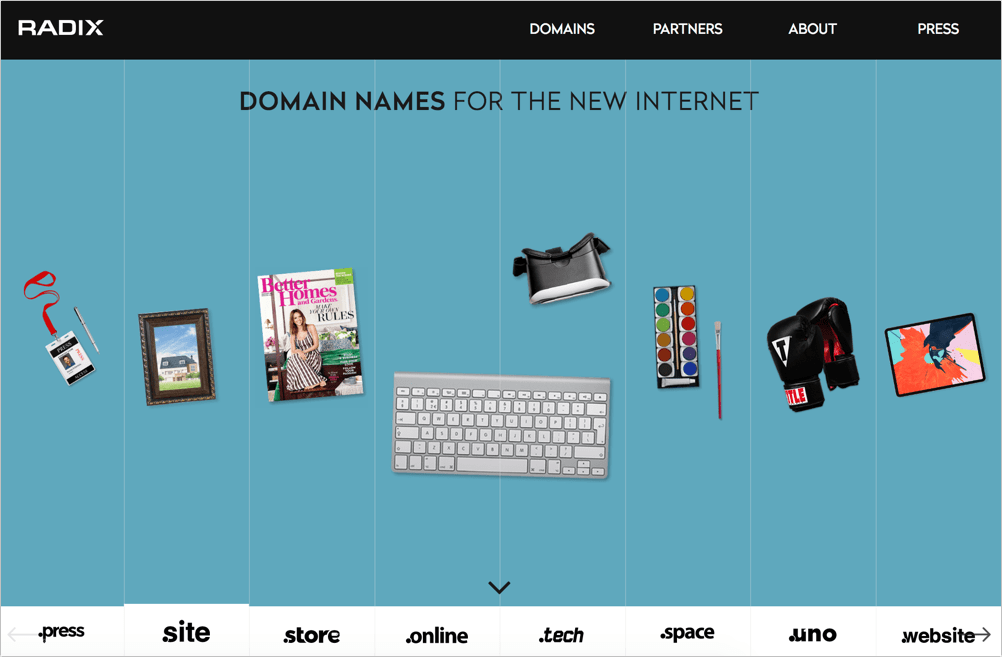So you’ve come up with a great idea for a new project – it could be a mini course, an e-book or even a new website – and you know how to build it.
Well, let me break it to you: your job is not done when you build it. Your journey has just started. And it starts with a launch!
Here’s your detailed, most actionable checklist for launching a new marketing project (I recommend going through it while still building it, not after). When putting this together, I did my best to keep steps as do-it-yourself as possible. After all, the more you can do yourself, the more money you’ll be able to save. Handling the process in-house will also let you do things exactly as you want them.
With that in mind, I am also including helpful tools for each section to let you take action right away!
Book My Free Marketing Consultation
1) Come Up With the Name
Any good project in marketing starts with the name. But right away at this first step, you are facing a dilemma – whether to come up with a totally original name or create one based on your target keywords. Both approaches have pros and cons, so there’s never an easy answer.
And if you are going to set up a separate website for your new venture, the problem gets even more challenging:
- If you go with something absolutely original, you may be able to find a short domain.
- If you decide to put some core keywords in your name, most domain names will either be taken or too expensive.
You can go with something in between, which I did years ago when I set up seosmarty.com for my then future full-time project (which was a quick side project at the time). The name was short, personal (“Smarty,” my surname) and had my keyword (“SEO”) included, which created a quick association with my expertise.
But even with that approach your chances are slim these days, as most keyword-based domains are all taken – unless you go with a more innovative idea and find a domain outside of the usual .com. Radix is a great service which can help you find (and register) a great name with a .site, .tech, or .online address:
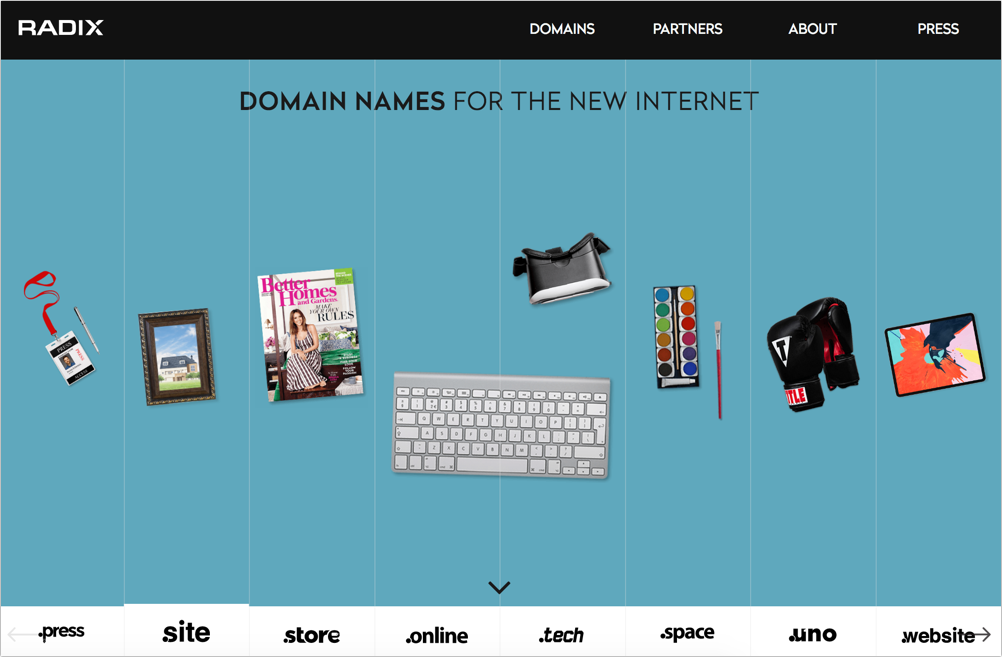
Given that the web is getting larger and more sites are using top-level domains (TLD) other than .com, it’s a great idea to grab one that will be short, memorable and unique. If you’re a technology company, you might want to opt for a .tech TLD.
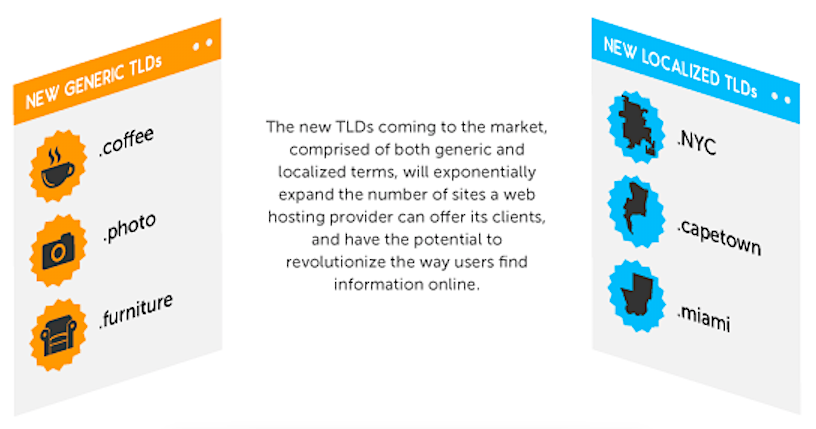
Once your choose your actual brand name, make sure that it is available on major social media sites and claim it everywhere you can. Knowem is a good tool for that.
Dive Deeper: Starting From the Bottom: How to Build Up Your Domain Authority from Scratch
2) Design Your Brand Logo
Your brand logo is going to be everywhere: on your social media channels, banners, downloads, thumbnails/avatars, analog business cards, etc. Even organic search visibility relies on your brand’s image now that Google shows each site’s logo next to each result on mobile devices:
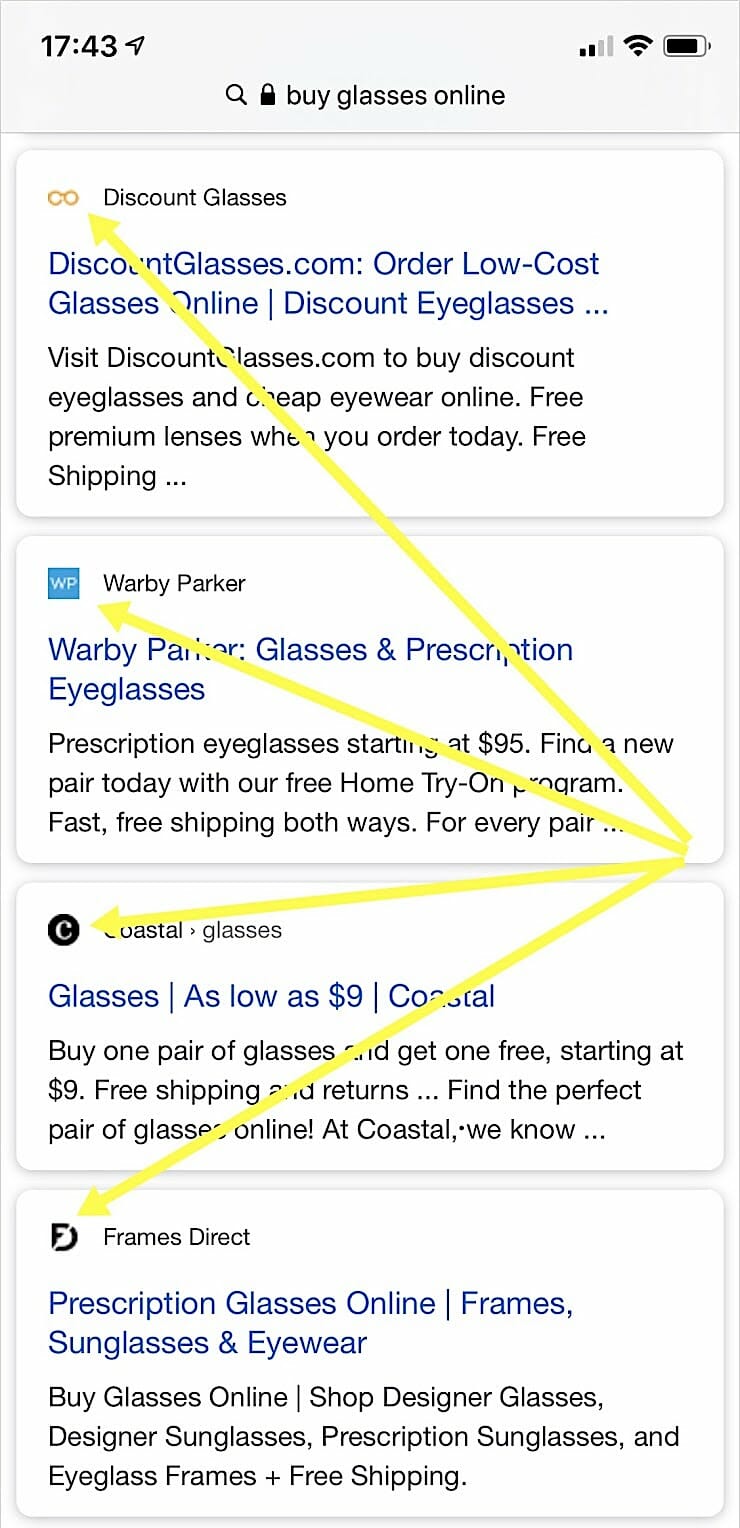
It needs to be instantly eye-catching and create necessary associations with your business. It also needs to work for various marketing opportunities, including video animations and holiday campaigns.
It’s an excellent idea to start brainstorming it at an early stage. I usually begin with a Google Images search to identify visual associations that my core topic creates. To do that:
- Open Google Images and type your core concept there. It doesn’t have to be your keyword; it can be your key selling point or your key angle.
- Click “Tools” in the upper right and then select “Clip art” in the drop-down “Type” menu
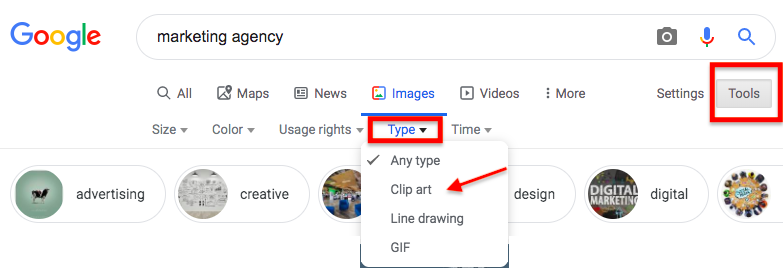
For example, let’s say I am working on a site that would explain clear steps to do anything. Using Google Images, I could come up with the following concepts to implement in my logo:
- Staircase
- Arrows
- Checklist
- Puzzle
Here are the results of a clip-art image search for steps:
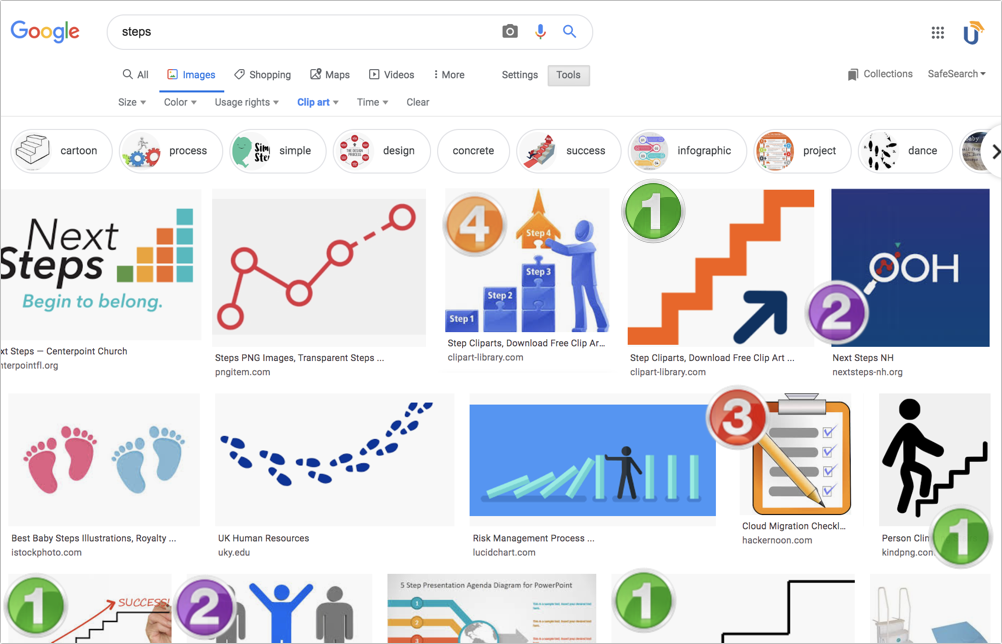
Then use Venngage (or any other tools for logo design and inspiration) to have different versions of your potential logo created from which to choose.
Once you have your logo, everything else will be much easier. You’ll know your color scheme, so you can pick a WordPress theme and design your banners. Somehow it all comes into place once you know your core branding.
It is also a good idea to use Venngage’s My Brand Kit, which allows you to keep all your branding elements under one roof and create or customize any creatives to match your overall visual identity:
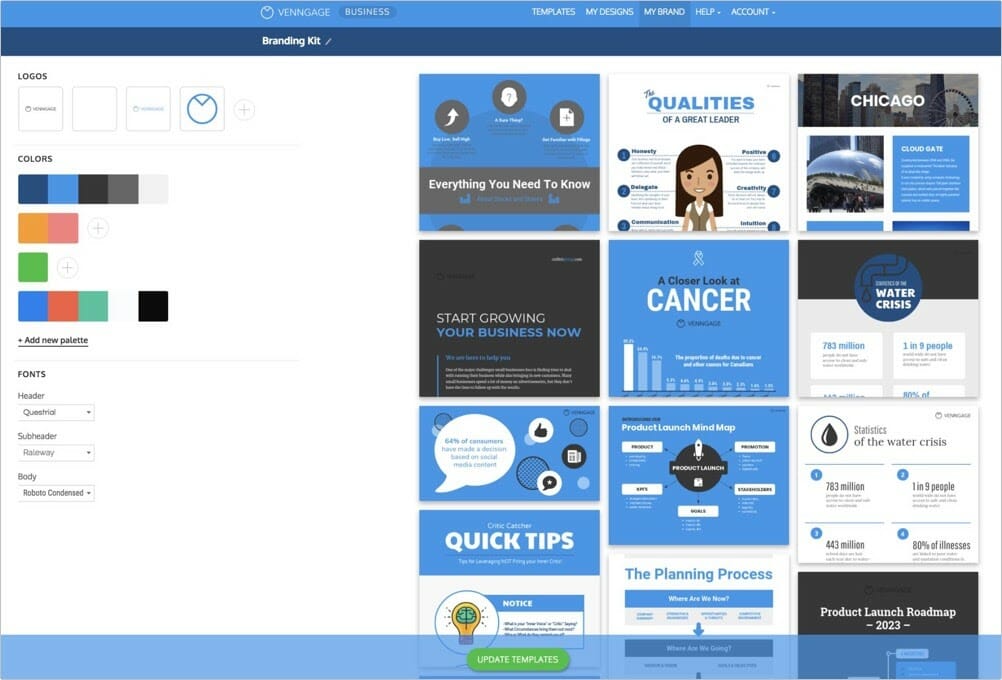
Dive Deeper: 10-Step Checklist to Digital Branding for SMBs
3) Create a Pre-Launch Landing Page
Even before launching your project, you may want to start building your email list. Launching anything is much easier when you already have a group of people waiting for it to go live and even willing to help you get your word out there.
Setting up a pre-launch landing page doesn’t require any design skills either, as you can create one pretty quickly using any of these responsive WordPress themes:
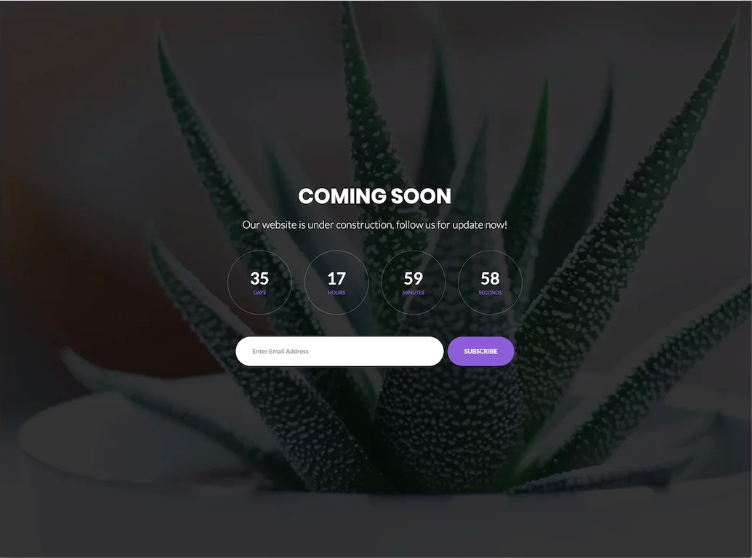
For more inspiration, check out these start-up landing page design examples, like this one from ZenDesk:
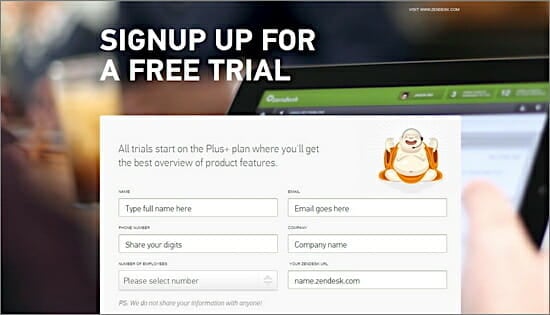
I also suggest adding video to your landing page because a video always does the best job explaining a future concept. Again, there are no special skills required these days. Video creation is quick and easy for anyone with a tool such as InVideo, which lets you use pre-built video templates and your own images and content:
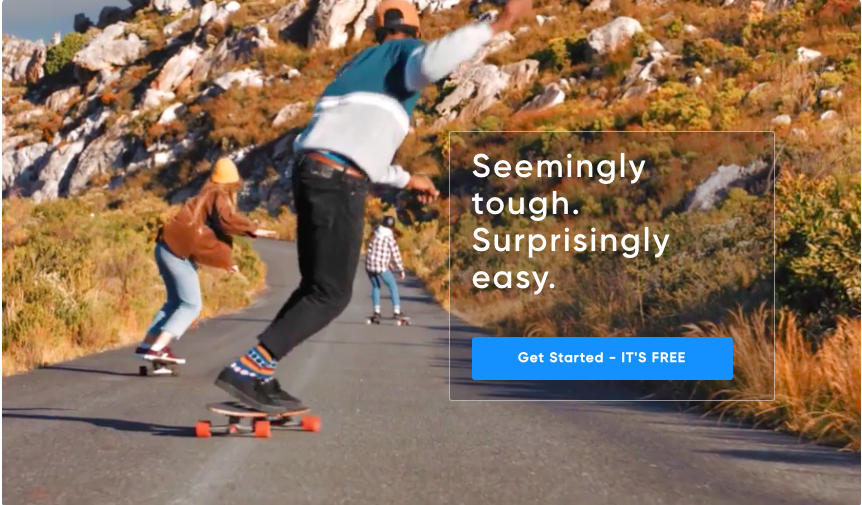
You can customize colors to match your newly created branding identity, edit fonts and animations, and add your own subtitles. You can even upload your own voice-over and images.
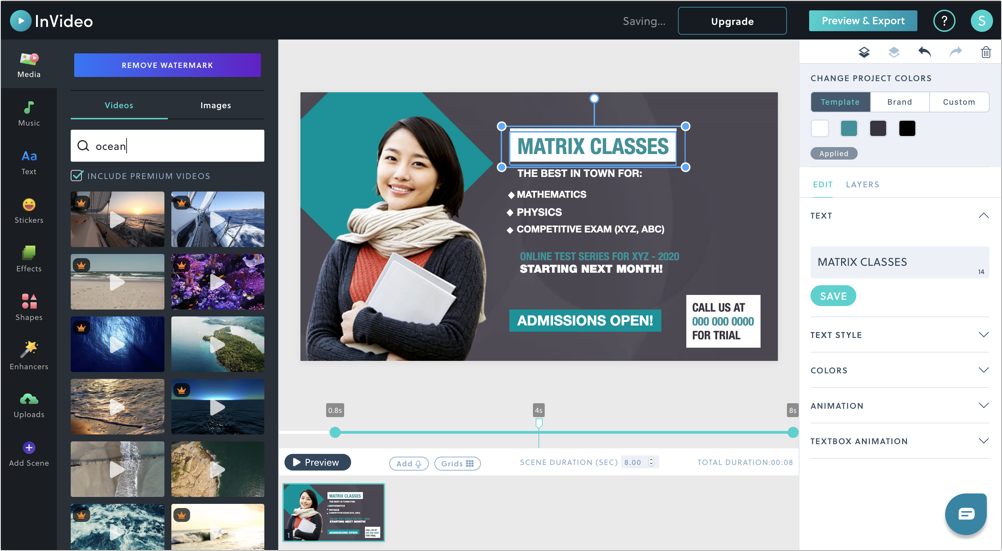
Dive Deeper: The Ultimate Guide to Creating a High-Converting Landing Page
Book My Free Marketing Consultation
4) Start Publishing Pre-Launch Content
I don’t like launching any site without having at least 5-10 articles already written. Of course it depends on the project, but in most cases people don’t trust empty websites. Web users are more likely to linger and browse if there are interesting things to explore on a site.
I usually publish at least five articles prior to launching a project that cover relevant problems in the industry and explain how my future project is going to help. Then I always inviting readers to sign up to be part of the launch.
Doing so is a good way to start making your way towards Google rankings, so you should begin basic SEO. This includes setting up Google Search Console and Google Analytics so you can track your progress and results right from the start, conducting keyword research, and optimizing on-page SEO (meta descriptions, images) and off-page SEO (link building). This checklist for launching a new website goes into more detail.
To identify questions worth covering in my pre-launch content, I use Text Optimizer which has a separate section for exploring niche questions:
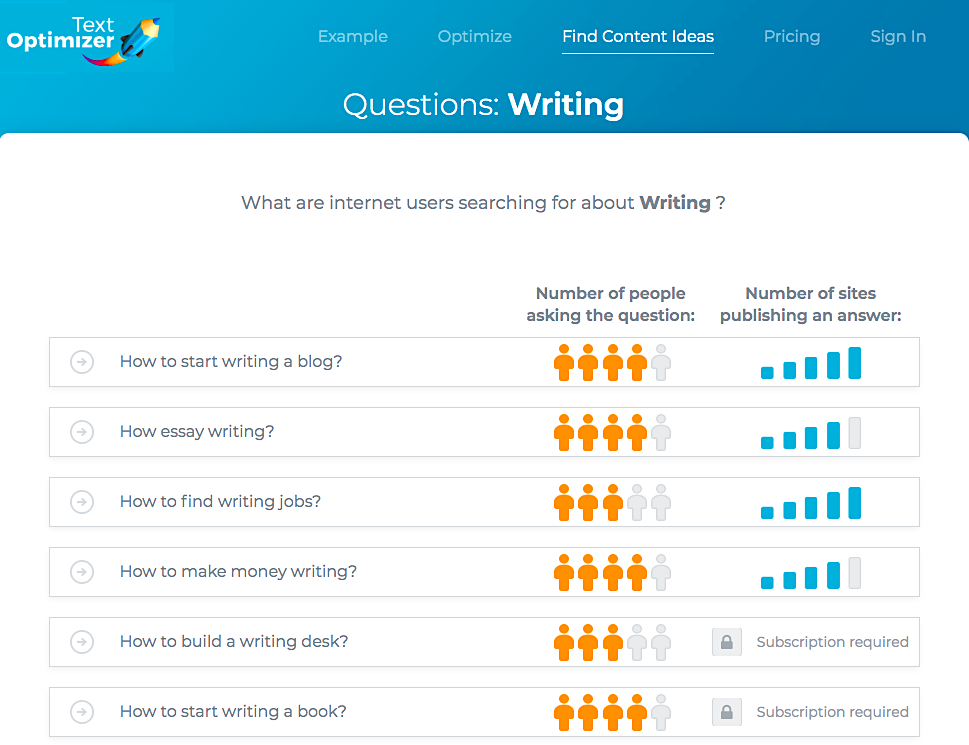
At this early stage it is also essential to start engaging your visitors right away. Installing user-engagement tools will help your audience get more involved with the site and the project that you are building. One such tool is Alter, which will:
“automatically analyze your website and study your visitors. Then using AI-powered algorithms, our software will recommend personalized content to your visitors based on their interests and behaviors to help keep them more engaged and spend more time on your site.”
With Alter, conversions can be up to 248% higher and engagements can get up to 170% higher:
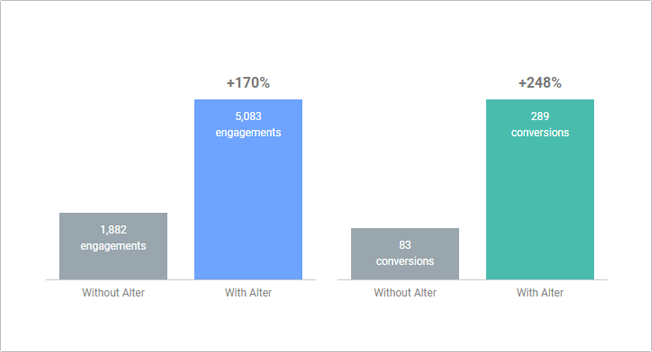
Another good idea is to use your pre-launch content to start analyzing your target audience and segment it. With Finteza, an advanced analytics tool, you can create custom calls-to-action for different segments of your site visitors, based on their location, device and past action on the site (for example, you can show custom CTAs to those of your site visitors who watched your promo video):
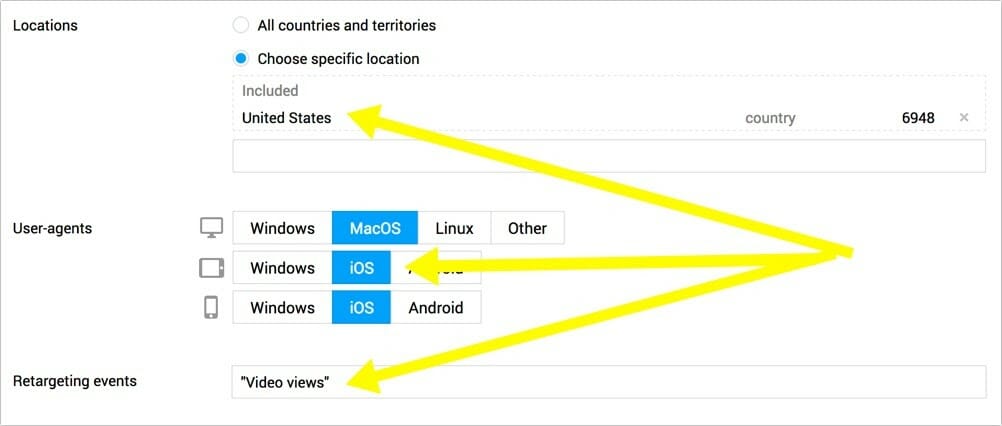
Dive Deeper:
5) Start Working on Your Social Media Channels
Now that you’ve got your promo video, lead-generating landing page and pre-launch content, you need to start working on your social media channels. As with a website, empty social profiles with zero interactions look unprofessional.
The first step is a set-up one where you customize the look and feel of your off-site brand assets. To get you started, here’s a quick checklist for you to go through. These are not all profiles you may want to create going forward, but this is a good list to start. I picked these platforms because they rank well in Google and may help you in your reputation management efforts.
Major Social Media Accounts to Create and Complete:
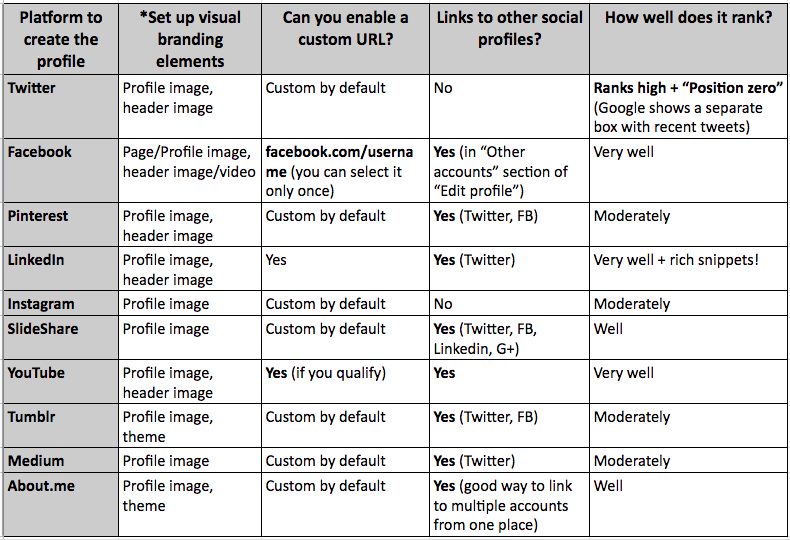
* To create well-fitting header images, use tools like Canva or Snappa which already have the correct dimension built in for you.
Check out these help pages for customizing your public profile URL on LinkedIn and getting a custom channel URL on YouTube.
You also need to create a solid social media editorial calendar that ensures relevant and engaging social media content to go live on a regular basis. ContentCal is a nice tool to use, as you are able to update all your channels with one click of a button:
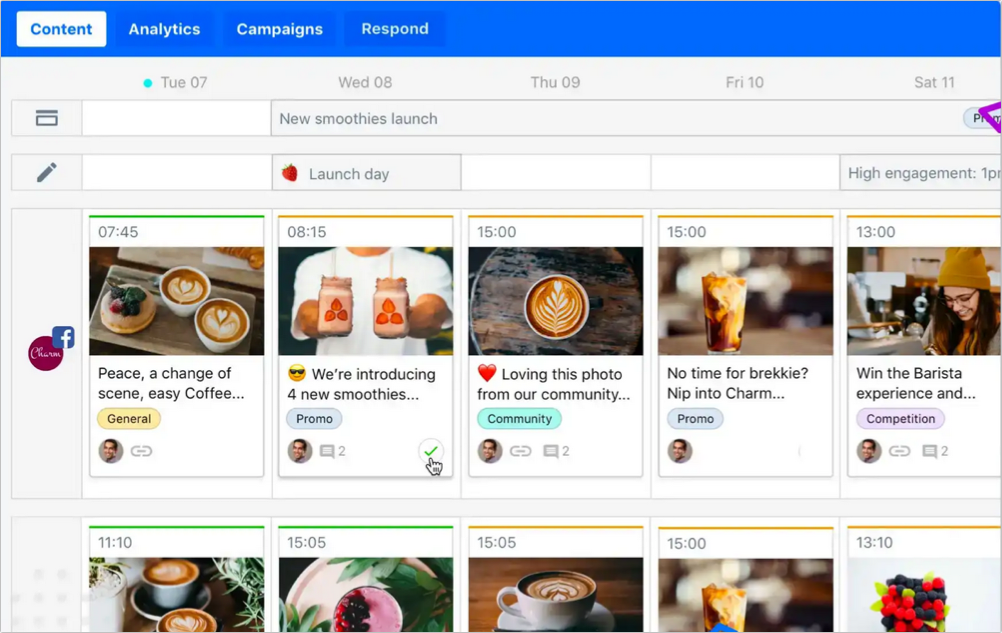
ContentCal keeps your successful updates for easy re-use, spreads out your content effectively throughout your calendar and schedules updates across many social media channels.
Dive Deeper: How to Use Social Media to Substantially Improve Your SEO
6) Keep Track of Marketing Ideas for Later
While going through all the steps above, as well as continuing to develop your project, you will come across various marketing ideas that you may want to experiment with.
Keep track of all these ideas and add your own thoughts and reference links for each one. You will appreciate your master list when you are planning your campaigns later on!
Trello is the perfect tool for project and idea organization. I use it to keep track of both marketing and development ideas. Whenever I am ready to work on any of them, I can move any card from the “Ideas” column to the “In Progress” column, which keeps my sanity and helps my (team’s) productivity:

Dive Deeper: How to Use an Organized Workflow to Stay on Top of Your Content Marketing
7) Plan Out Your Time
Assuming you are launching a side project (not your full-time endeavor), you need to set aside time to work on it. It can be very easy to relegate this side or dream project as a “when I have time” task. This means that time management is very important to set up at the pre-launch stage.
I usually have 3-5 projects actively going at the same time, so if I do need to launch another one, I go with a “baby steps” model. The idea is that you commit to doing at least one thing every day for a new project, be it a large task or a quick tweak or update. When the project starts really taking form, I’ll increase the time I set aside for it, though usually no more than one hour a day.
Rescue Time is a good way to keep yourself on track and make sure that you follow your own routine. You can set up reminders to keep yourself involved with the new project or task limits to avoid getting too overwhelmed and pushing other projects aside.
Dive Deeper:
Book My Free Marketing Consultation
Final Words
Launching a new project is always challenging. You need extra time when you have no time at all, budgets even if you are already strained and on top of everything, plenty of inspiration, even if you are too busy to breath. I hope the above pre-launch steps will make your life easier and your launch more successful!
Here is a quick list of all the tools I mentioned in this article:
- Radix — to help you find (and register) a great name with a .site, .tech, or .online address
- Knowem — to make sure that your domain is available on major social media sites (and claim it)
- Google Images — to identify visual associations that my core topic/brand logo creates
- Venngage — to have different versions of your potential logo created
- WordPress theme — for your website
- My Brand Kit — to keep all your branding elements under one roof
- WordPress theme — to create a pre-launch landing page
- Landing page design examples — to inspire your start-up landing page
- InVideo — to create video content with pre-built video templates
- SEO checklist — to get started with basic SEO for a new website
- Text Optimizer — to identify questions worth covering in your pre-launch content
- Alter — to start engaging your visitors right away with a user-engagement tool
- Finteza — to create custom calls-to-action for different segments of your site visitors
- Canva — to create well-fitting header images
- Snappa — to create well-fitting header images
- ContentCal — to create a social media editorial calendar
- Trello — to keep projects and ideas organized
- Rescue Time — to keep yourself on track and make sure that you follow your own routine
